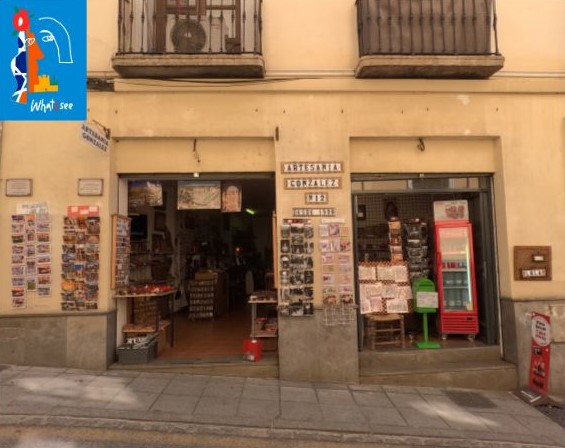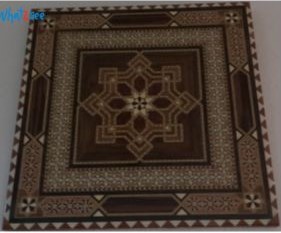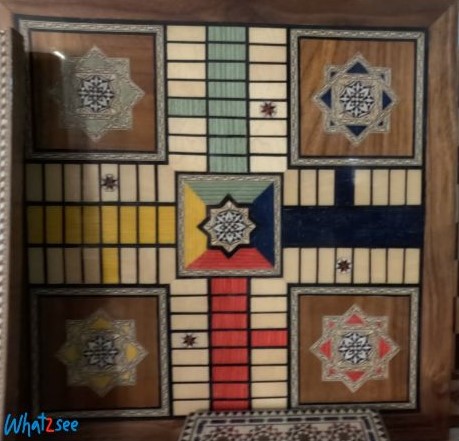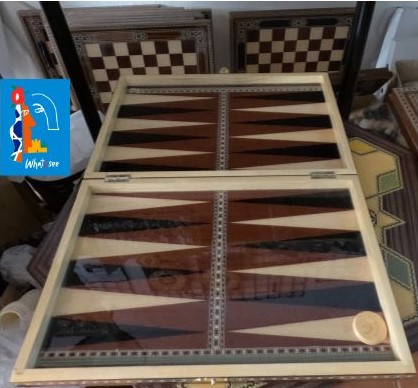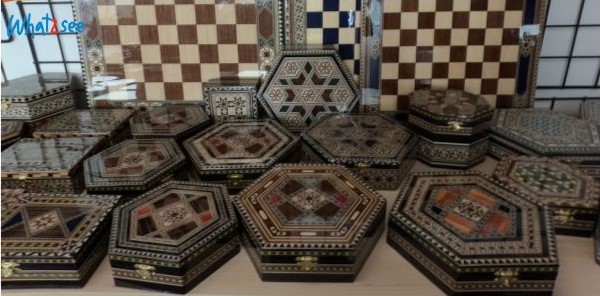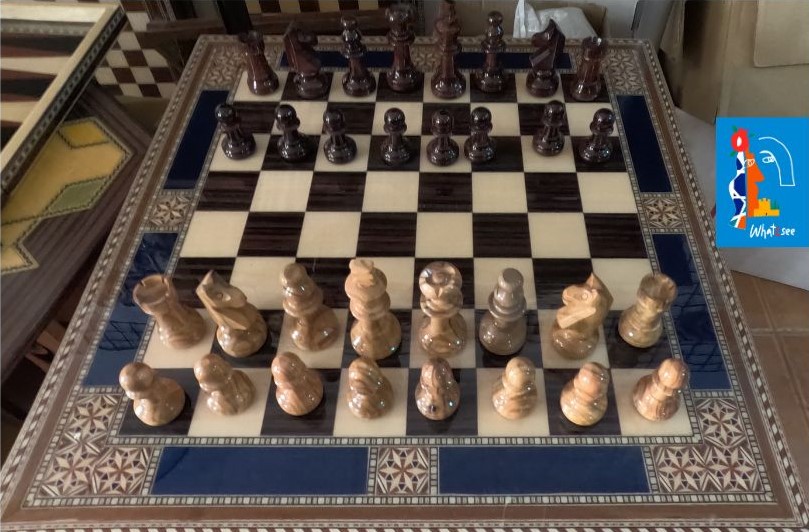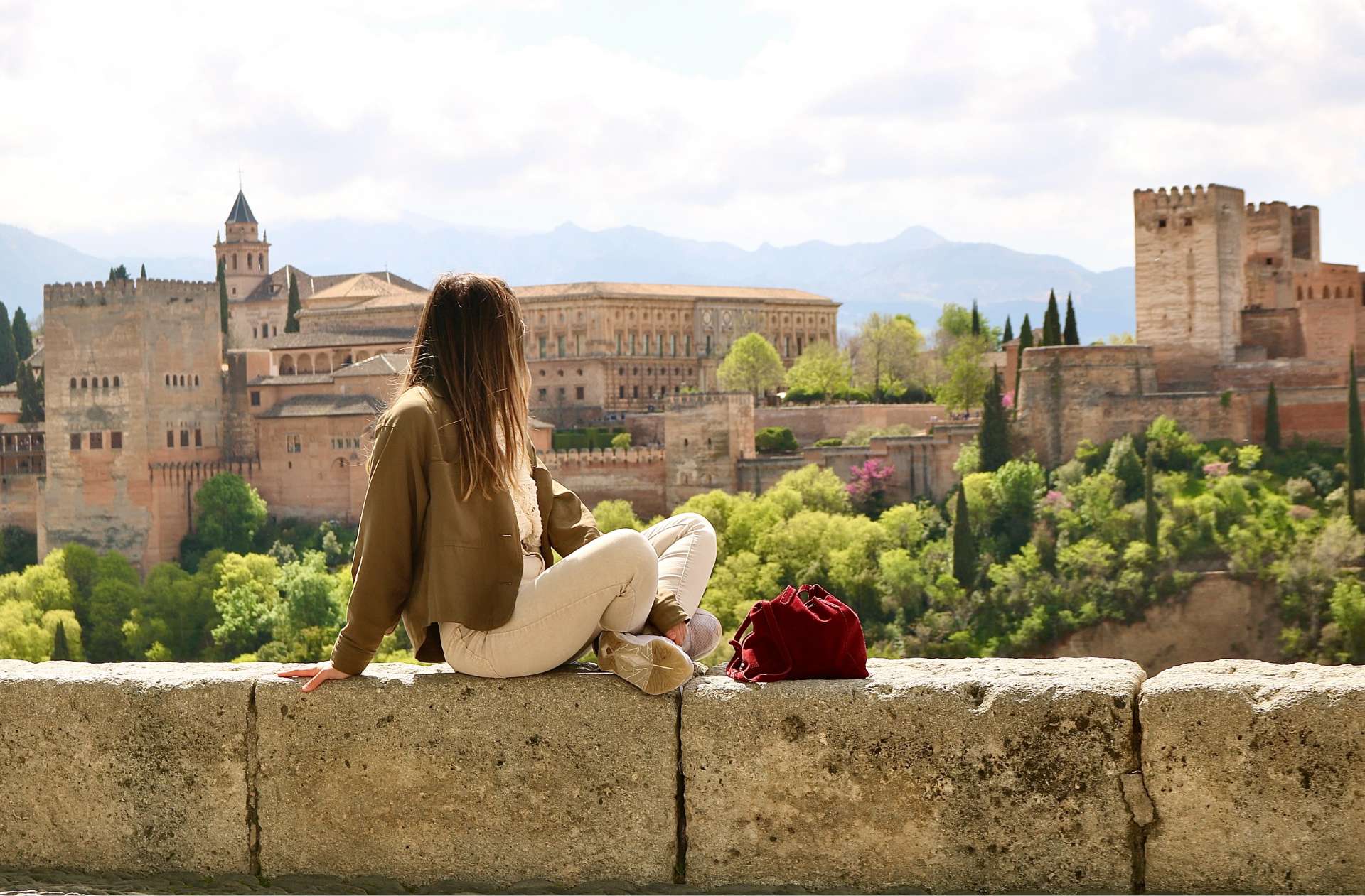Taracea of Granada: Nasrid Art in the Alhambra | What2SeeGranada
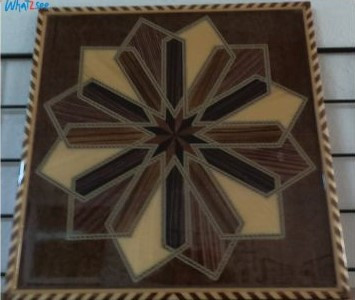
Discover Granada's taracea, a unique Nasrid art form found nowhere else in the world. Visit artisan workshops and treasures of the Alhambra.
Discover the Taracea of Granada: The Secret Art That Will Make Your Visit Unique
Think you’ve seen all of Granada’s artistic wonders? Think again. Prepare for a parallel journey into the heart of an ancient art form that only survives in two corners of the world: Granada and Damascus. Welcome to taracea, the Nasrid inlay art that turns wood into visual poetry. You’ll see it in the Alhambra Museum, yes—but also in living spaces: hidden workshops where the last artisans keep a 700-year-old flame alive.
And the best part? You can touch it, smell it… and yes, own it!
What is Taracea and Why Should You See It in Granada?
The Nasrid art still alive in the streets of Granada
Taracea is a decorative technique as hypnotic as it is painstaking. It’s based on the inlaying of tiny pieces of materials like ebony, boxwood, walnut, bone, ivory, or mother-of-pearl, combined to create geometric patterns that look like they came straight out of an Andalusian dream.
Born in Granada during the splendor of the Nasrid Kingdom in the 14th century, taracea turned furniture, doors, drawers, and tabletops into true visual treasures—a mix of Islamic geometry, infinite patience, and noble materials.
The amazing thing is that this technique is not just history. Even today, taracea is made in Granada just as it was centuries ago. In the 21st century, you can witness with your own eyes how each piece is cut, assembled, and polished by hand. It’s literally like opening a window into the past while staying firmly in the present.
Hidden treasures you can see in the Alhambra
Taracea is not only found in workshops and shops. It also lives within the Alhambra itself, camouflaged like a hidden gem among stucco and marble.
One of the most impressive examples is the jamuga, a palatial chair adorned with high-quality taracea, preserved in the Alhambra Museum. Made from fine woods, ivory, and silver, it reflects the level of luxury that surrounded the sultans.
But if you love hidden stories, don’t miss the bargueños: furniture pieces full of secret drawers so cleverly hidden that even today they surprise restorers. Noble families once hid gold, documents, and jewels there—protected by intricate geometric illusions.
And don’t miss another curious treasure: a 14th-century chessboard with eight-pointed stars. It’s not just a game board—it’s a symbolic map of Islamic sacred geometry, the same visual language you’ll see in the ceilings, floors, and plasterwork of the Alhambra.
Taracea Workshops You Can Visit (and Unique Experiences)
Taller Laguna: 150 years of tradition right by the Alhambra
Picture this: you’ve just left the Palace of the Lions, step out into the fresh air… and just 50 meters away, you enter a workshop where the same pieces you admired inside are being made today. It’s not a fantasy—it’s Taller Laguna, at Calle Real de la Alhambra 30.
This workshop has been operating for four generations using the same Nasrid technique without modern shortcuts or machinery. Here, expert hands cut, fit, and polish microscopic pieces of wood, bone, and mother-of-pearl, assembling them as if each star were an infinite mandala. Some pieces take between two and six months to complete.
They also have a small shop where you can purchase certified handmade pieces—unique souvenirs or collector’s items. A place to see, learn… and dream.
The last masters: meet José Morillo
If there’s a living legend of taracea, it’s José Morillo. He’s been working in this craft for 56 years, just as his father and grandfather did. His workshop—located on Cuesta de Gomérez—is a sanctuary where taracea is sacred, his workbench an altar surrounded by wood shavings, templates, and exotic timbers.
But José doesn’t just work—he tells stories. From the time the Clinton family bought one of his boxes to the secrets of Granada’s nobility hidden in taraceado compartments. Talking to him is like stepping into a living encyclopedia of Andalusian art. But beware: if you catch him on a day with mala follá granaina (local grumpiness—yes, we’ll do a blog post on that someday), he’ll say: “If you want stories and photos… first, buy!”
Artesanía González
On Calle Ánimas, back in the 1920s, Antonio González Gil opened his taracea workshop. After several local awards, in 1943 he won the National First Prize in Woodcraft, held in Madrid. Since then, his descendants have continued the tradition. One of the current owners (she’s very friendly!) will show you a piece made by her father: a tray so finely crafted, it looks like King Boabdil himself could have sipped tea from it.
Only five traditional taracea masters remain in Granada. None have young apprentices. This art is at real risk of disappearing. Your visit, your curiosity, and your purchase can make a difference.
Tarxia Experience: tradition + modernity
What if I told you that you could carry a piece of Nasrid art… in your pocket? That’s what Adrián Rosales and Rafael Ruiz thought when they founded Tarxia, a workshop that fuses traditional taracea with modern tech.
Their signature product? Handmade iPhone cases with wood, bone, and mother-of-pearl inlays in the purest Nasrid style. The perfect gift (or self-gift): functional, unique, and 100% Granada.
Practical Guide: How to Live the Taracea Experience
Your optimized taracea route in Granada
Morning (45 minutes):
Start at the Alhambra Museum. Observe original pieces, historical treasures, and listen to your guide explain how the taracea designs connect with other decorative elements of the palace. It’s like assembling a giant visual puzzle.
Afternoon (30 minutes):
Walk to Taller Laguna and watch the artisans in action. If you’re lucky, they’ll share some techniques and let you touch pieces in progress.
Shopping (30 minutes):
Head down Cuesta de Gomérez, visit the workshops along the way, and dive into the Alcaicería, the old Arab market, where you’ll find everything from affordable souvenirs to true collector’s items.
Total: 2 hours that will change how you see Granada.
What to buy in authentic taracea
Granada offers taracea pieces for all tastes (and budgets):
-Small boxes for jewelry or keepsakes
-Decorative bottle stoppers
-Backgammon or chessboards
-Octagonal trays and exclusive furniture pieces
How to recognize authentic taracea
-Perfectly repeated patterns = industrial (run!)
-Small imperfections, different textures, tactile relief = handmade
-Do they explain the woods and techniques with passion? You’ve hit the jackpot!
Expert tips for your visit
-Visit in the morning (10:00–12:00) when artisans are most active.
-Don’t be shy—ask questions! A good artisan will gladly explain their tools and techniques, and probably share a few stories.
-Touch the piece. Authentic taracea has real texture—you feel it with your fingers.
Why This Experience Makes Your Trip Special
A tradition in danger you can help preserve
Taracea is not just art. It’s legacy. A cultural resistance that has survived wars, conquests, fires, trends, and forgetfulness. And today, it’s on the edge.
But you can help preserve it. A good workshop visit, your curiosity, and a conscious purchase are the best investments to keep this tradition alive. Beyond pretty Alhambra photos, this is direct contact with the soul of Granada.
Ready to see Granada from another (geometric) angle?
When you connect with taracea, you connect with a living story, the secrets of the sultans… and the silent work of those who, day after day, still carve stars by hand.

